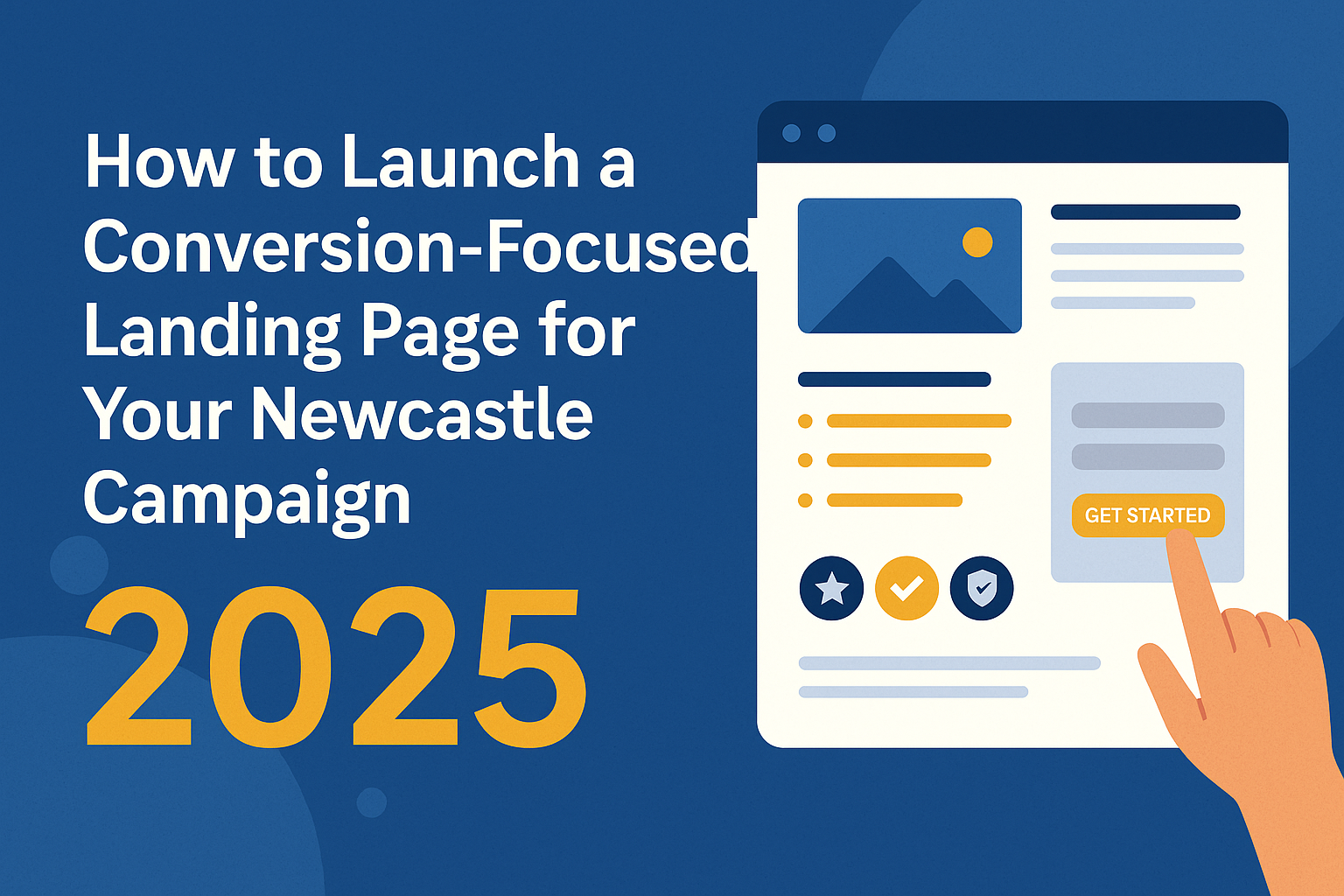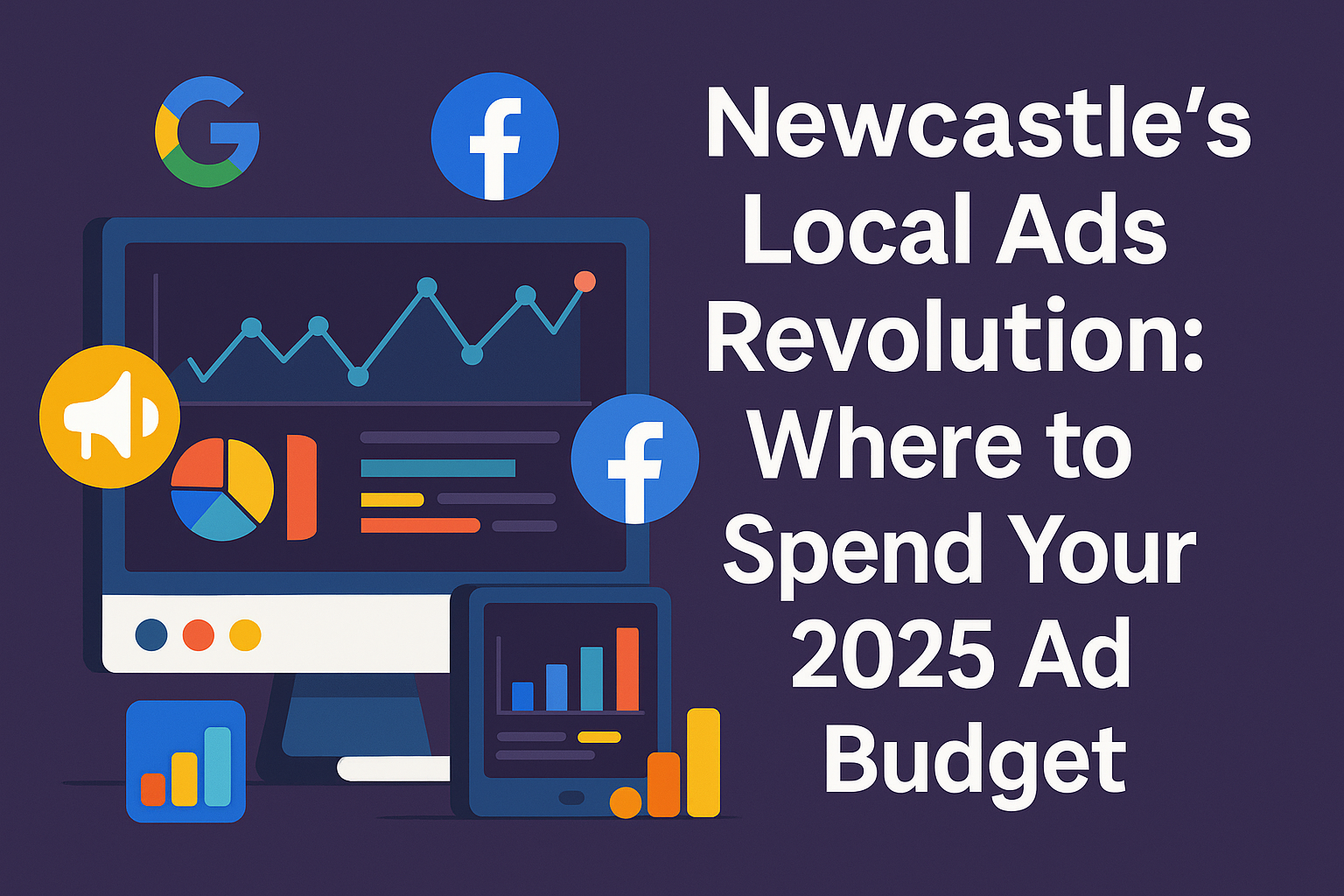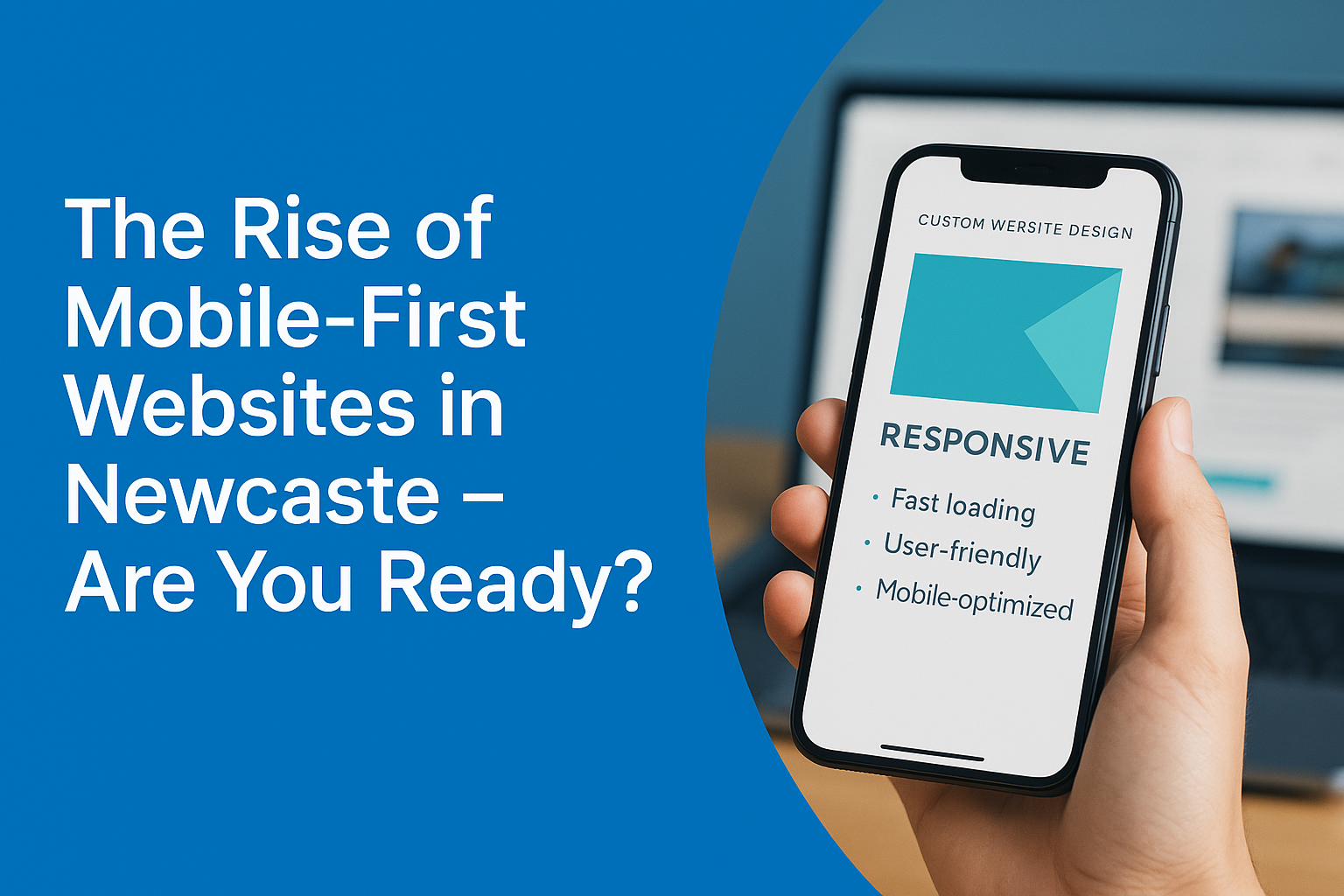- sales@robatodigitals.com
- 124 Westwood Dr, Burnside VIC 3023
Content is King: Crafting SEO-Friendly Content That Ranks

Content is King: Crafting SEO-Friendly Content That Ranks
In the dynamic realm of digital marketing, the phrase "Content is King" resonates louder than ever. Quality content engages audiences and is the driving force behind successful search engine optimization (SEO) strategies. Crafting SEO-friendly content involves a delicate balance between meeting the needs of both users and search engines. In this article, we delve into the art of creating content that captivates audiences and secures high rankings in search engine results.
Understanding User Intent:
The foundation of SEO-friendly content lies in understanding user intent. Before crafting any content, it's essential to identify the meaning behind a user's search query. Whether informational, navigational, or transactional, aligning content with user intent enhances its relevance and increases the likelihood of ranking well in search results.
Keyword Research:
Keywords serve as the backbone of SEO-friendly content. Thorough keyword research helps identify the terms and phrases users are searching for. Utilize tools like Google Keyword Planner, SEMrush, or Ahrefs to identify relevant keywords with reasonable search volumes and competition. Integrate these keywords naturally into your content to optimize it for search engines.
Create Compelling Headlines:
The first point of contact with your audience is the headline. Craft compelling and click-worthy headlines that incorporate relevant keywords and entice users to click and explore further. Headlines should be concise and engaging and clearly preview what the content entails.
Quality and Relevance:
Search engines prioritize high-quality and relevant content to the user's query. Aim to create content that addresses the user's needs and provides comprehensive information. High-quality content builds credibility, encourages engagement, and promotes a positive user experience.
Optimize Content Structure:
Proper content structure enhances both readability and search engine crawlability. Break content into sections with clear headings (H1, H2, H3, etc.) to create a hierarchy. Use bullet points and concise paragraphs to make content easily scannable. Well-organized content appeals to users and helps search engines understand the context of your information.
Engaging Meta Descriptions:
Craft compelling meta descriptions that serve as a concise summary of your content. While meta descriptions don't directly impact rankings, they are crucial in enticing users to click through to your page. Incorporate relevant keywords and provide a clear call to action to encourage user engagement.
Long-Form Content:
While not a strict rule, long-form content often performs well in search rankings. In-depth articles and comprehensive guides provide value to users, demonstrating expertise and authority on a subject. When crafting long-form content, ensure it remains engaging and relevant, avoiding unnecessary fluff.
Visual Content Integration:
Visual content, including images, infographics, and videos, enhances the user experience. Visual elements break up text, making content more digestible and engaging. Optimize images for search engines by using descriptive file names and alt text, contributing to better overall SEO.
Internal Linking:
Internal links connect different pages within your website, distributing link equity and guiding users to related content. Integrate internal links strategically, ensuring they are contextually relevant. This not only aids in navigation but also helps search engines understand the structure and hierarchy of your website.
Regularly Update and Refresh Content:
Regularly update and refresh existing content to maintain relevance and signal to search engines that your content is current. This could involve adding new information, updating statistics, or rephrasing sections for clarity. Fresh and updated content will likely maintain or improve its search rankings over time.
Conclusion:
In the ever-evolving landscape of SEO, the adage "Content is King" remains a timeless truth. Crafting SEO-friendly content requires a holistic approach considering user intent, keyword optimization, content structure, and engagement. As search engines refine their algorithms, the focus on providing valuable, relevant, and engaging content becomes increasingly pivotal. By investing time and effort in creating content that meets user needs and search engine criteria, businesses can establish themselves as authoritative voices within their industry and secure coveted positions in search engine results. In the digital realm, where information is abundant, the true monarch is content that resonates, informs, and captivates – content that truly reigns supreme.







